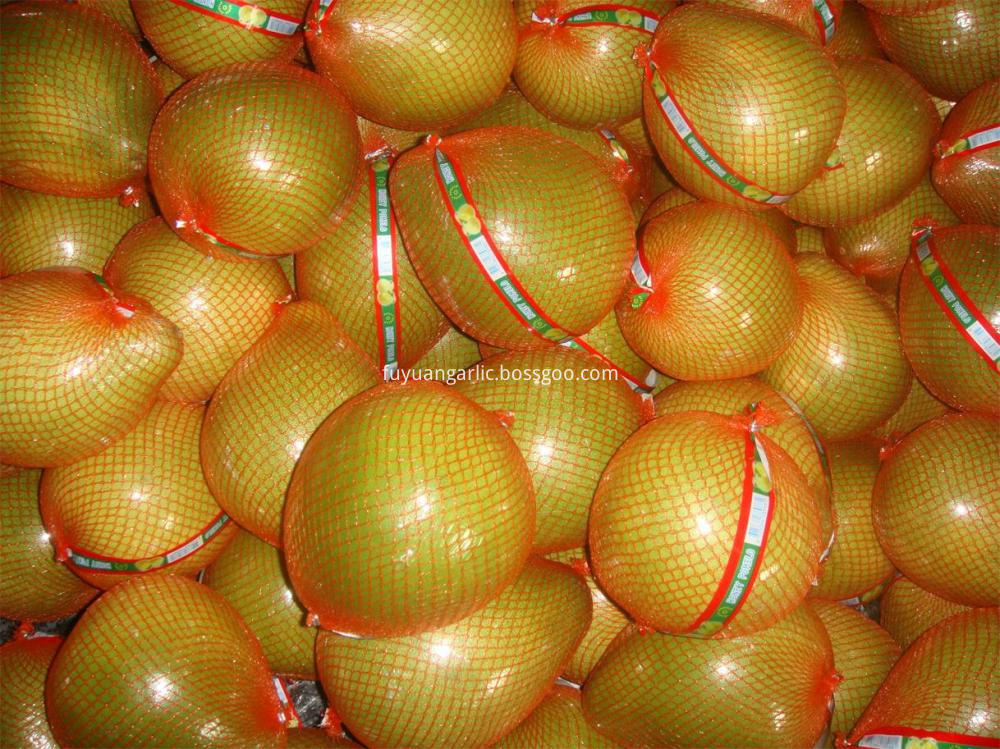Grafting is an important means of seedling breeding. Grafting techniques mainly include grafting and budding; they have their own advantages and limitations. The inadequacy of grafting is the use of more scion, low propagation coefficient, and certain requirements for rootstocks, especially for the rare and new plants breeding, it is difficult to achieve the intended purpose. The budding propagation coefficient is high, which saves the scion, but the budding is carried out during the active growth of the plant and the rapid division of the forming layer cells, generally concentrated from June to August, at which time the plant is easy to peel ("to the skin"). But at this time, it is the busy season of nursery maintenance that highlights the labor force. Coupled with the hot weather at this time, workers are working outdoors, with high labor intensity and difficult conditions.
Embedded wood bud graft refers to the method of grafting buds with a small part of xylem on the rootstock, which can solve the problems of grafting and budding.
Embedded wood buds features
1. Inlaid buds can be picked up all year round and do not have to focus on fieldwork.
2. It is easy to operate, especially for some varieties that are difficult to handle with T-shaped buds, such as purple-leaved plum, walnut, etc. There is no requirement on the thickness of the rootstock. This is not available in the T-shaped bud connection.
3. Fast, high work efficiency. According to the comparison of actual measurements, skilled workers with the same degree of proficiency are grafted with embedded wood grafts and the speed of grafting is increased by more than 30% compared with the use of T-shaped buds.
Specific operation method
The buds on the scion scion were cut from top to bottom. Cut a knife down in the upper part of the bud and cut a knife diagonally in the lower part of the bud to take off the bud. Buds are 2 to 3 cm long and the width depends on the stock and the thickness of the scion.
Rootstocks are selected on the grafting site and cut parallel from the top to the bottom of the xylem. The length is slightly longer than the scion, and then they are cut obliquely horizontally. Do not cut them all off, leaving 0.3 to 0.5 cm in the lower part. The joints are cut into the cut base of the rootstock. The top of the bud or the side of the bud is aligned with the top or side of the rootstock. When the scion and the rootstock are similar in thickness, try to make the size of the incision of the bud and rootstock similar to each other, ensure that the formation layer is aligned with the upper and lower sides, which is conducive to survival.
After the tying bud piece and the rootstock are chimerized, the tying is carried out from the bottom of the grafting part to the bottom from the bottom to the top so as to prevent evaporation of water and survival due to the influx of rainwater. The material used for binding can be a white plastic film with a thickness of 0.008 mm. This material is relatively thin and has a strong elasticity. It does not affect the growth of scion, and its cost is extremely low.
After management
Survival rate can be checked 3 to 4 weeks after grafting. Because the embedded buds are not subject to time constraints and have xylem, healing is relatively slow. Therefore, the time to remove the bindings is later: the seedlings grafted in the fall are removed in the spring of the following year; the seedlings grafted in spring, summer and winter are timely removed according to the survival and growth conditions.
Cut the anvil and go for it. When the buds have a little activity, cut the anvil in time to promote the growth of the scion and to pick it up at any time.
Grafting notes
The length of the cut stock must be equal to or slightly longer than the length of the bud, in order to produce a healing tissue and stick.
When the scions are cut, the buds should not be too thick, with many xylem parts, and tissue healing is difficult. In general, the fewer xylems, the better.
When selecting the rootstock and scion, the two sides have the best approximate roughness, and special attention should be paid that the thickness of the scion cannot be greater than the thickness of the rootstock.
Fujian Province is the main place of origin of Pomelo in China and it is also one of the main exporter country in the world. Fujian Province has a suitable climate and fertile soil are suitable for pomelo growing. Fresh Pomelo is of good quality, aromatic in taste, moderately sweet and sour. Pomelo is rich in trace elements, sugar, vitamin B1, vitamin B2, vitamin C, vitamin P, carotene, potassium, etc. It is also rich in medicinal and health care value. Having fresh pomelo is very good for healthy.Our company has obtained the GAP certification,we can supplying USA, Canada, Russia, Ukraine,Indonesia and etc. We also have flexible payment terms to meet different clients' requirement.
Except Pomelo,we also supplied Fresh Ginger , Fresh Garlic , Fresh Onion , Peeled Onion , Fresh Chestnut , Sweet Corn , Fresh Taro , Fresh Potato , Fresh Baby Mandarin, Fresh Red Grape, fresh pomelo, Fresh Ya Pear Chaotian Chili, Paprika Powder, Fresh Apple and so on.

Fresh Pomelo
Fresh Pomelo,Green Pomelo,Fresh Honey Red Pomelo,Red Pummelo
Jining Fuyuan Fruits And Vegetables Co., Ltd. , https://www.fuyuanfv.com